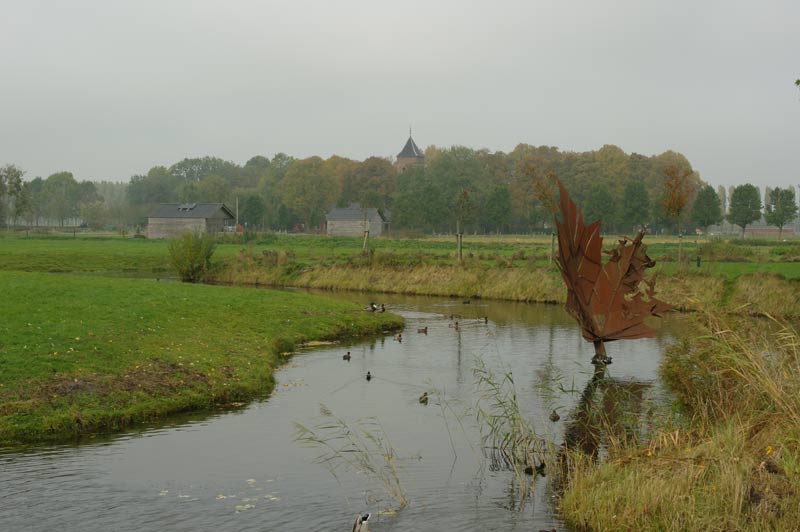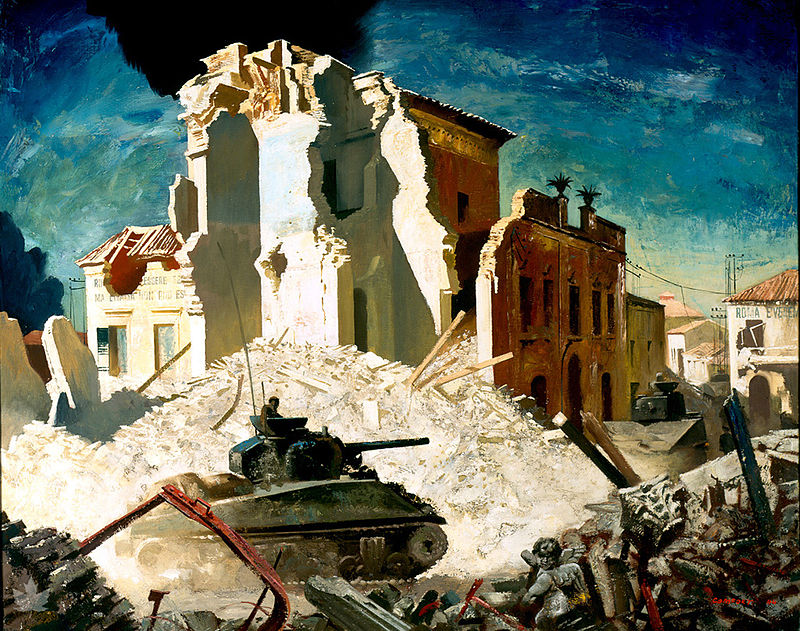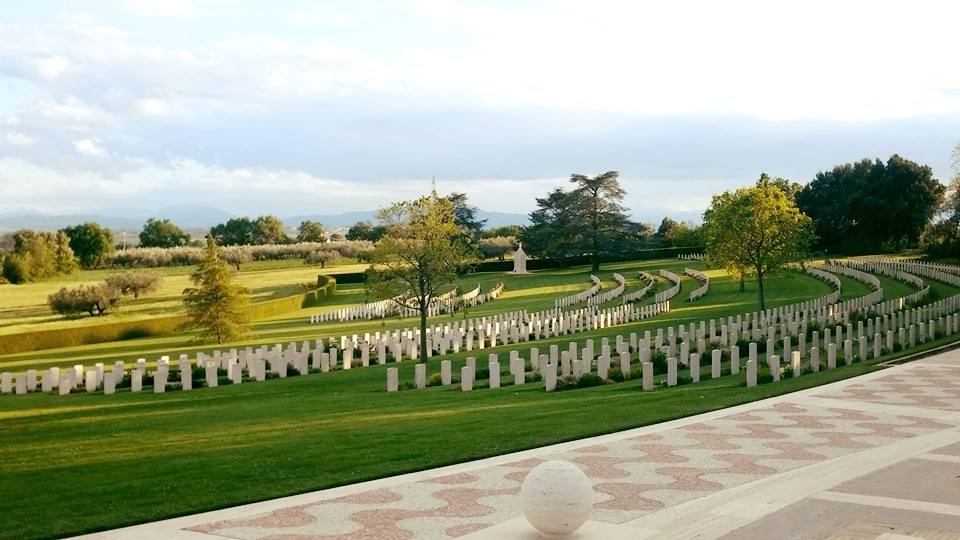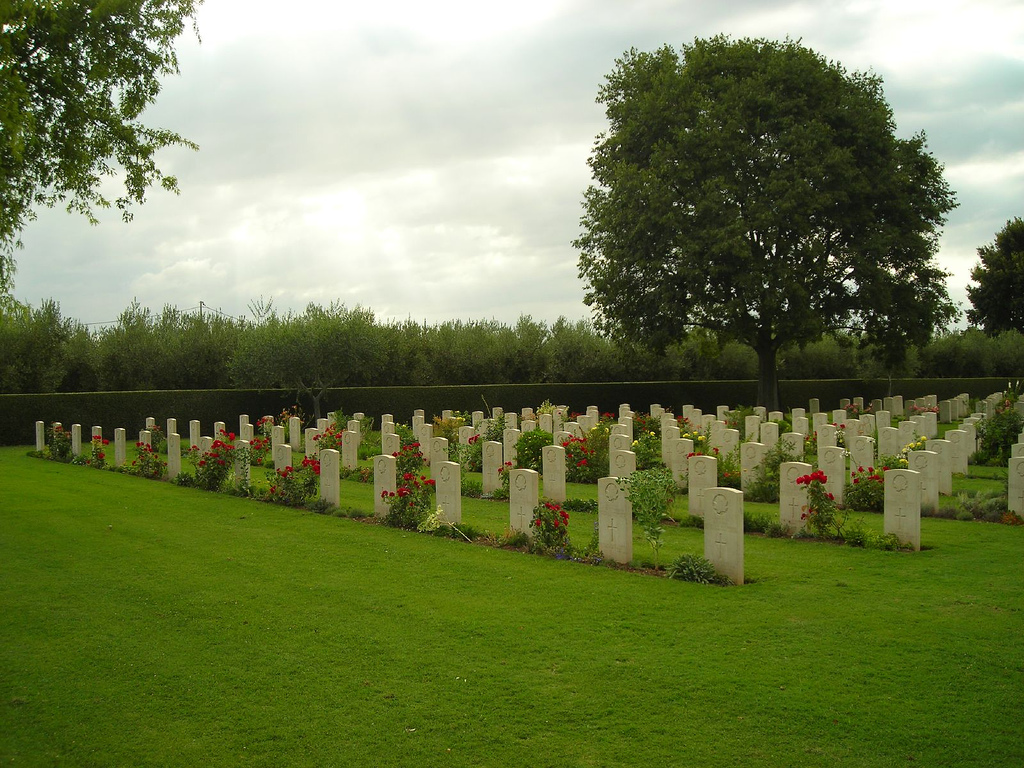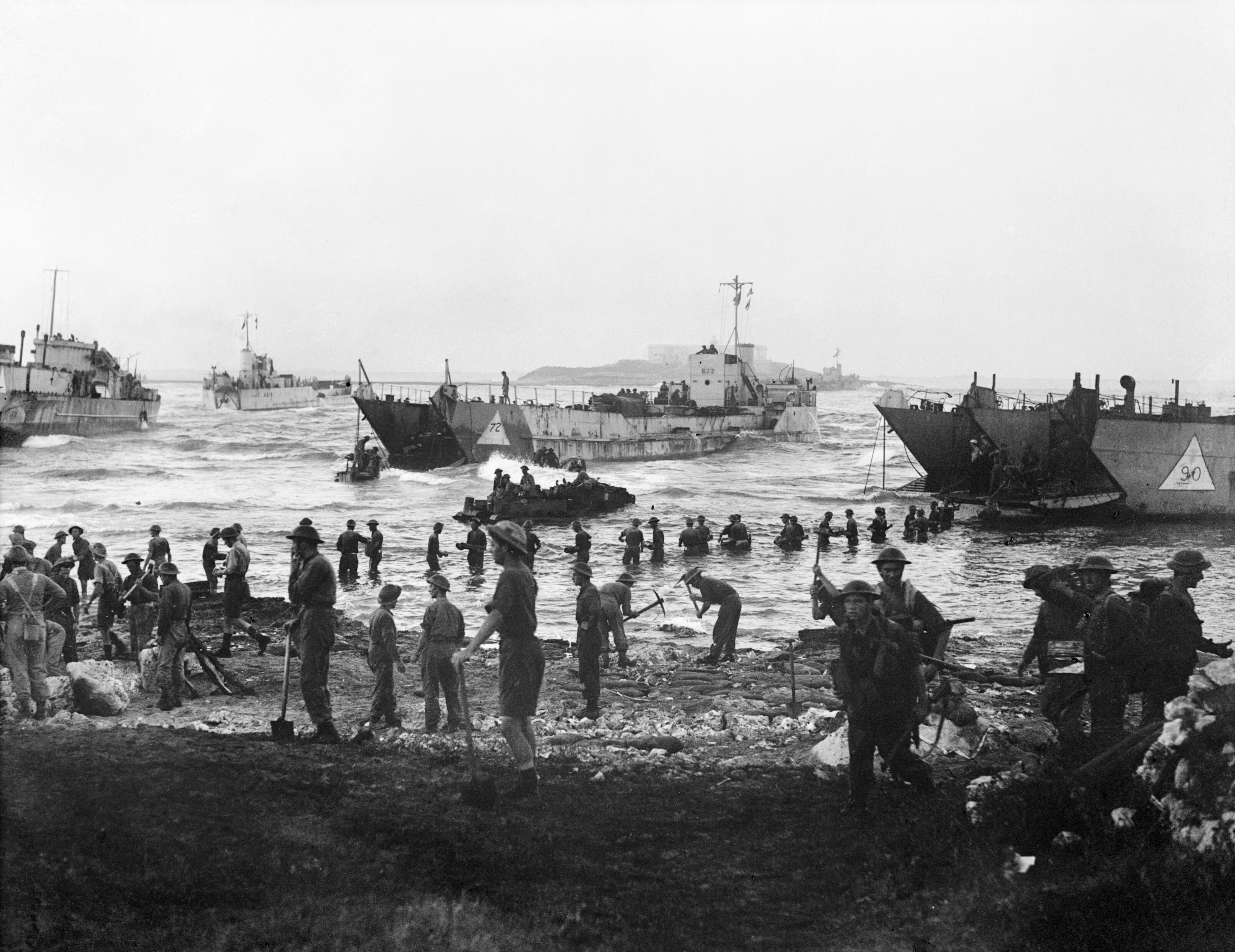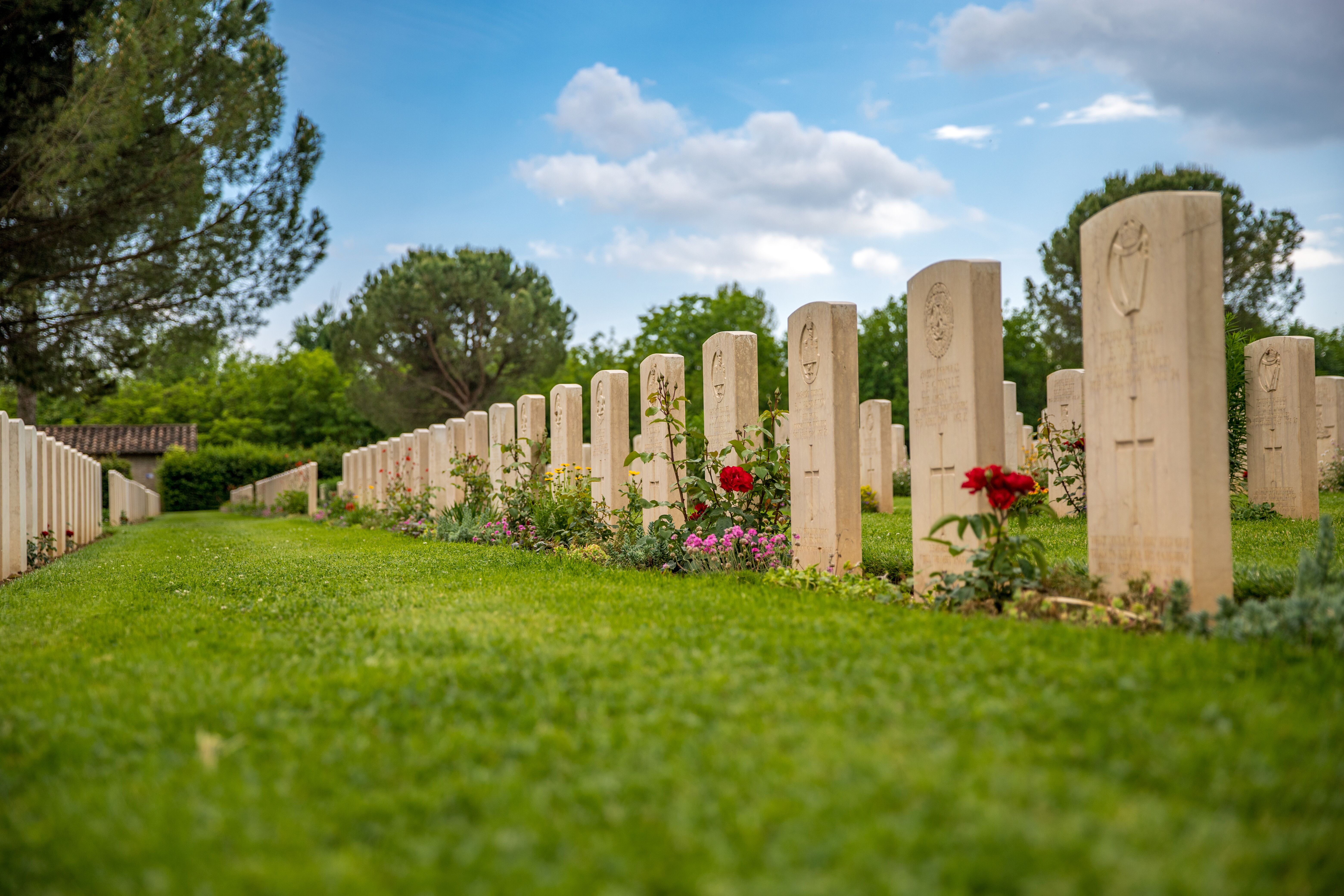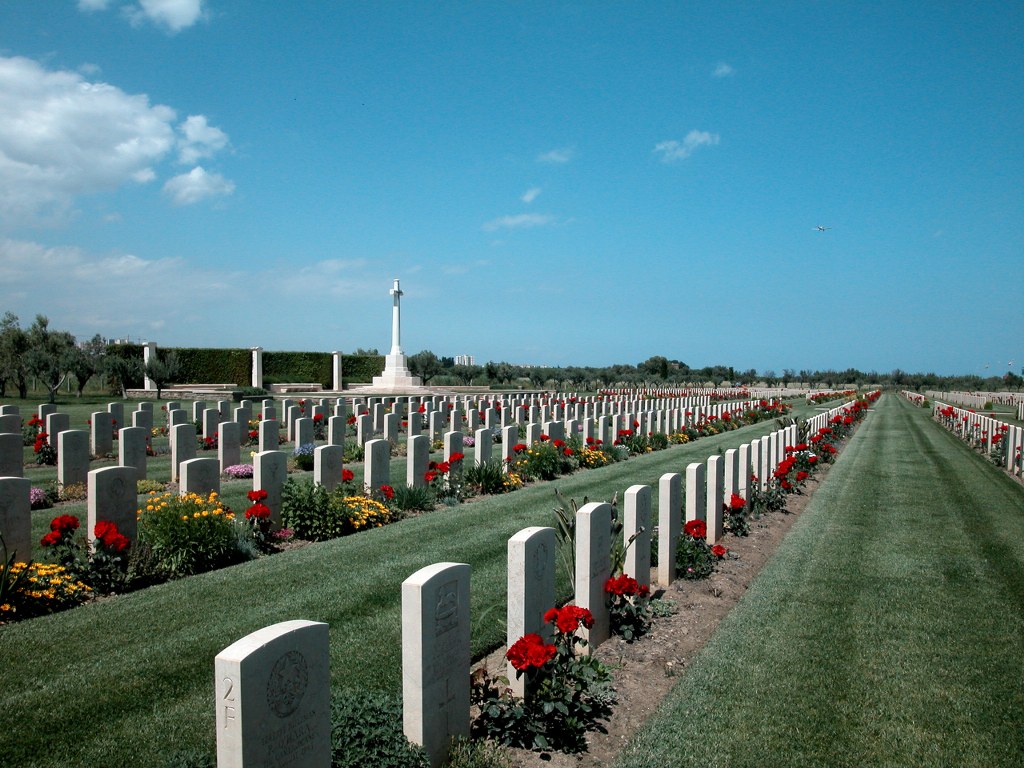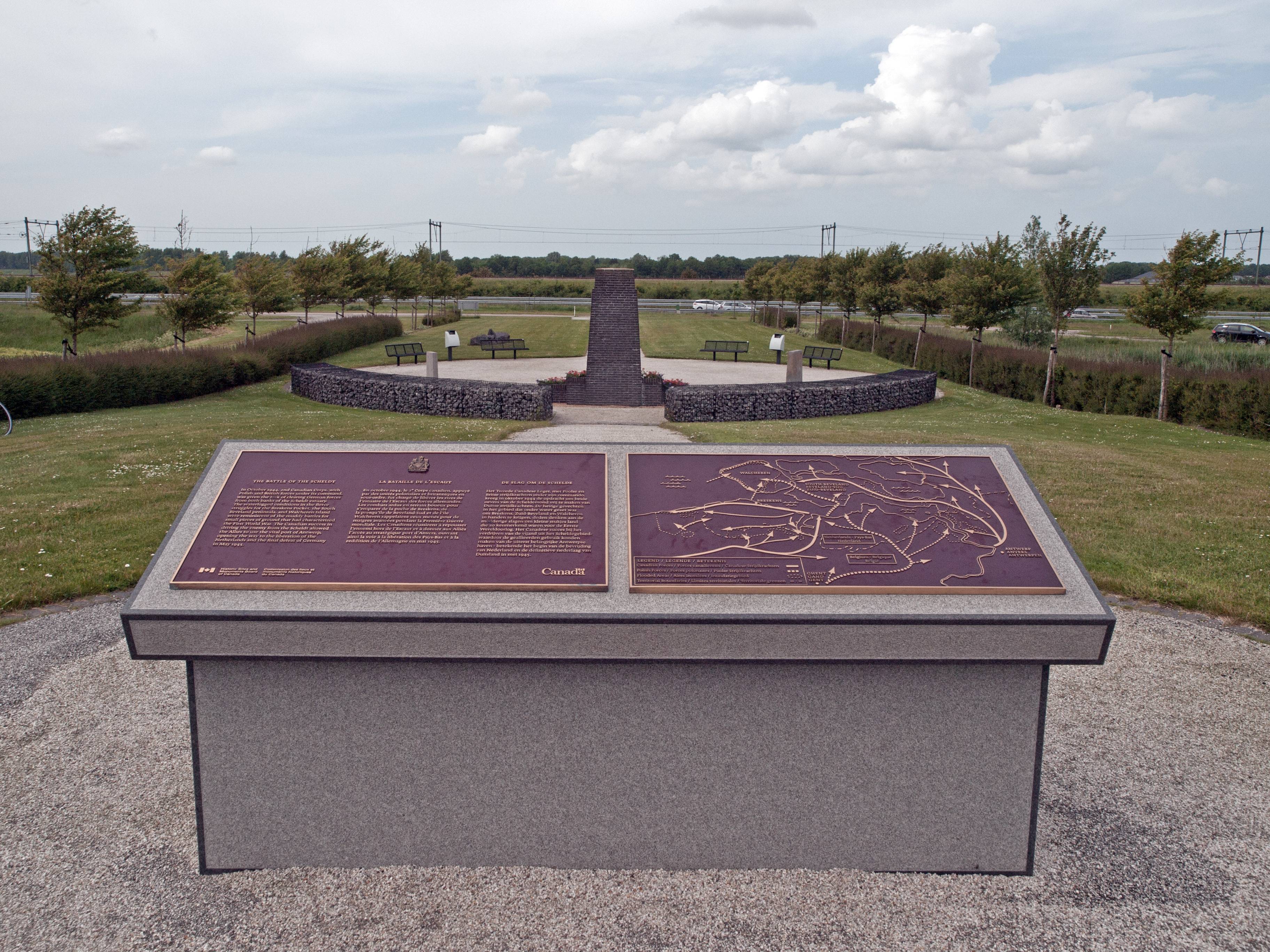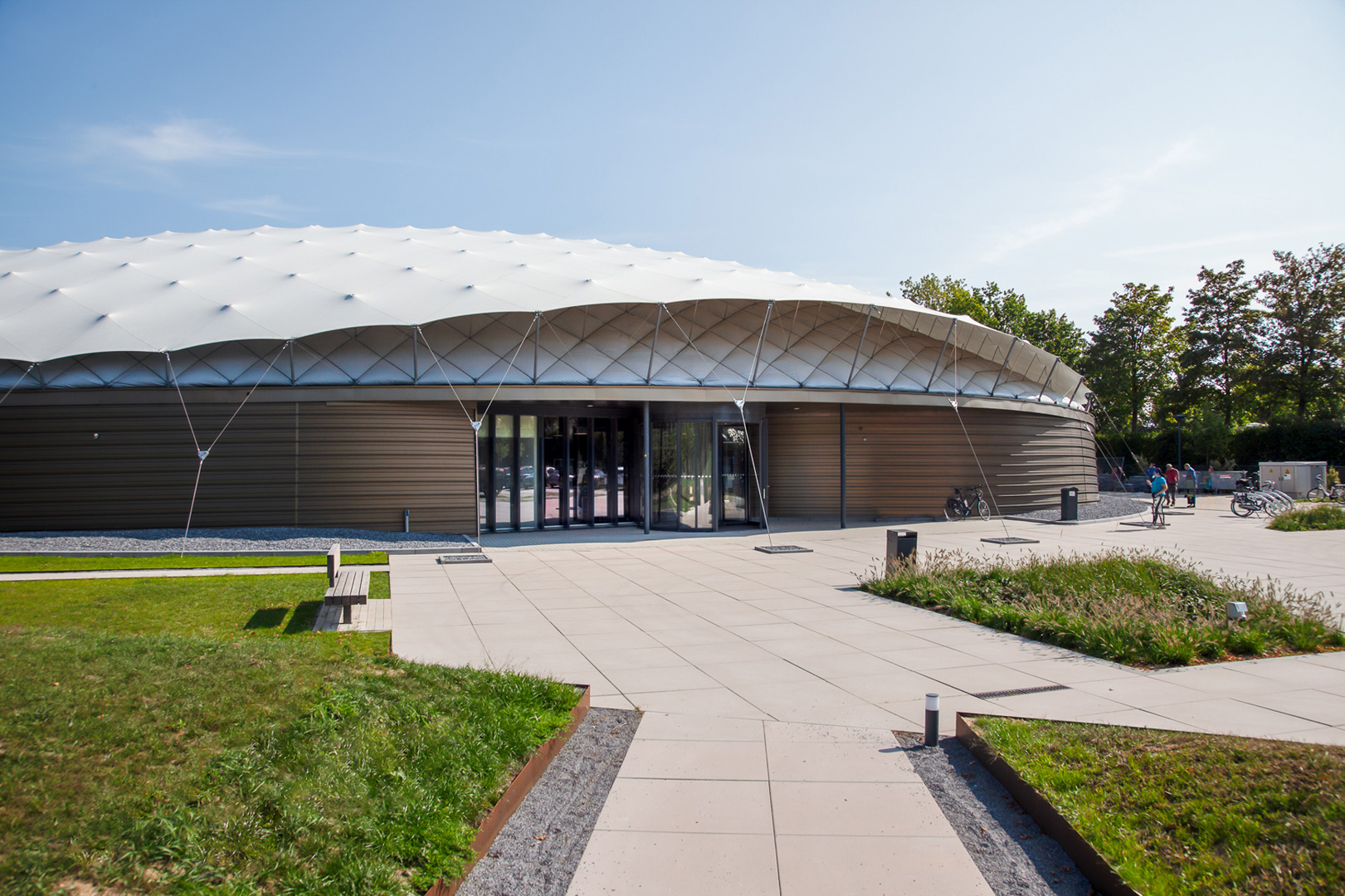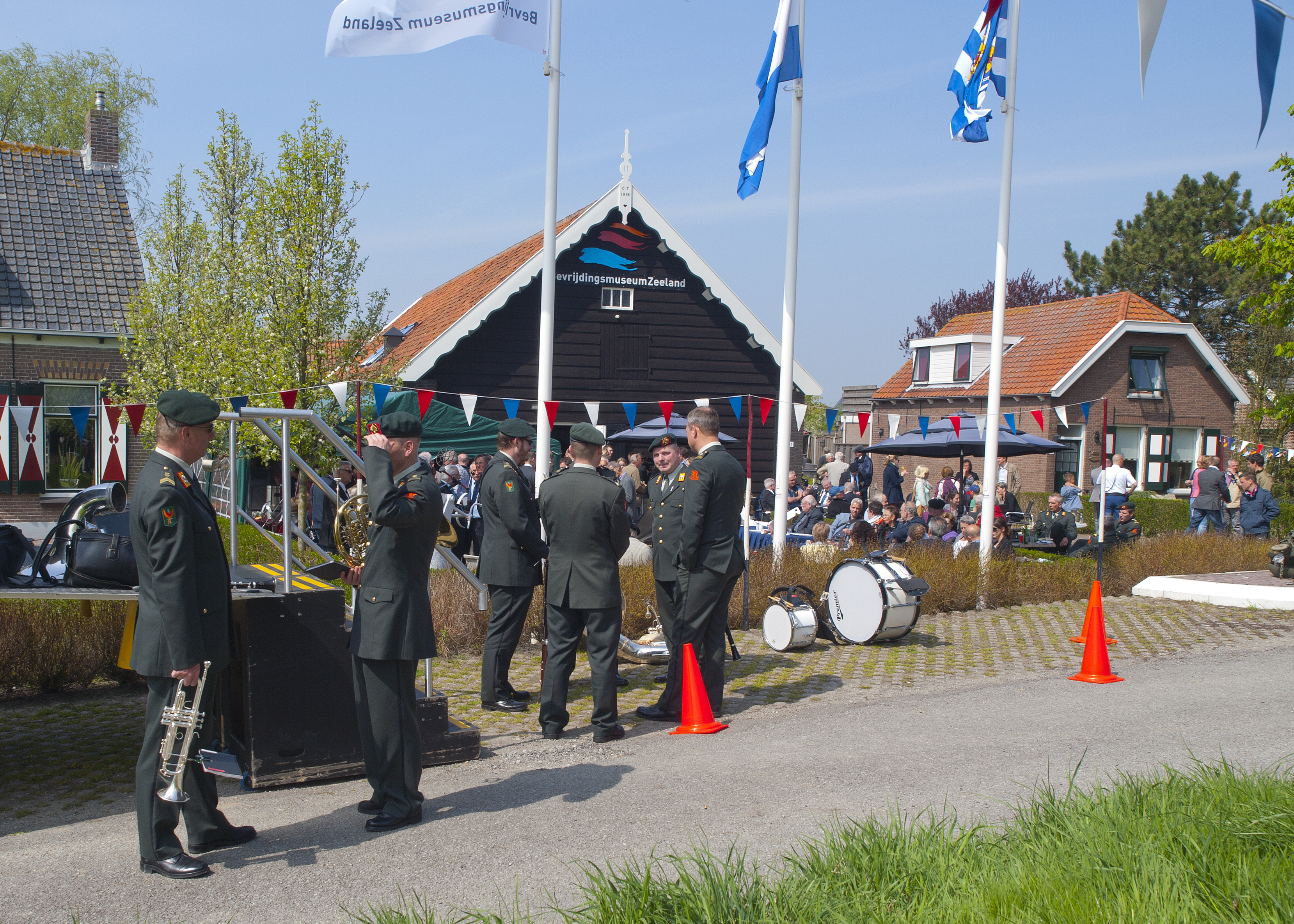
Rough Guides: Travel the Liberation Route Europe is a travel guide dedicated to remembrance sites and itineraries all over Europe.
Order your Rough Guides now!To follow in the footsteps of Canadian troops during WWII, you will depart from the UK where Canadians gathered with other Allied troops to take part in a series of trainings to prepare for D-Day. In July 1943, several units left the UK to participate in the invasion of Sicily and Italy. The Canadian contribution to the Italian campaign cost them more than 26,000 casualties.
Continue in Normandy and explore the area around Juno Beach where Canadians landed on 6 June 1944. At the Juno Beach Centre you can learn about the Canadians’ involvement in D-Day and the Battle of Normandy. Travel to Flanders (Belgium) and Zeeland (the Netherlands) where the Battle of the Scheldt was fought from October to November 1944.
On the last days, explore the Reichswald area in Germany, where the First Canadian Army was involved in the Battle of the Rhineland, and then the west- and northern parts of the Netherlands that were liberated in April 1945.
The tour starts in Southern England where the 1st, 2nd and 3rd Canadian Infantry Divisions participated in a series of trainings and large-scale exercises to get ready for the Normandy landings. Visit Portsmouth’s D-Day Story to get a global overview of the preparations for and the course of D-Day. Then check out Quay House, the former embarkation area headquarters for the Portsmouth sector, and Southwick House, the inland headquarters of the Allied commanders. Travel to Pachino in Sicily.
Day 2On 10 July 1943, the 1st Canadian Infantry Division and the 1st Canadian Armoured Brigade began the seaborne invasion of Sicily. Upon your arrival in Pachino, follow an inland route towards Catania. On the way, stop by the towns of Caltagirone, Valguarnerna and Leonforte, which were captured by Canadian troops after heavy and house-to-house fighting. In Catania, visit the Historical War Museum of the landings in Sicily and the Commonwealth military cemetery. Travel to mainland Italy.
Day 3Arrive in Reggio Calabria where regiments of the 3rd Canadian Infantry Brigade landed in September 1943. Continue towards Potenza, Lucera and Campobasso where the troops advanced with difficulty. Visit the Sangro River war cemetery in Torino di Sangro and, further north, the Battle of Ortona Museum and the Moro River Canadian cemetery. Head to Monte Cassino where Canadians took part in the Battle of Monte Cassino. Check out Monte Cassino Abbey and the Commonwealth cemetery at Cassino. Travel to Normandy.
Day 4Explore Juno Beach where the 3rd Canadian Division landed on 6 June 1944. Get a comprehensive overview of Canada’s war efforts at the Juno Beach Centre. Continue with a visit to Bény-sur-Mer Canadian war cemetery to pay tribute to over 2,000 Canadian soldiers who fell during the first weeks of the Battle of Normandy. Visit the Caen Memorial Museum before heading to Falaise. Here the 1st Canadian Army linked up with U.S. forces to close the Falaise pocket. After checking out Falaise Memorial, travel to Belgium.
Day 5Arrive in Ostend in the Flanders region and visit the open-air museum Atlantikwall Raversyde. Continue towards the cities of Bruges, Ghent and finally Antwerp, whose port was essential to maintain supply lines to the Allied armies in their advance towards Germany. On 12 September 1944, the First Canadian Army, under Simonds’ command at the time, was tasked with clearing the Scheldt of German occupiers. After weeks of heavy fighting in the fall of 1944, the Allies won the battle.
Day 6Travel to the Dutch province of Zeeland, which was also fiercely damaged by the Battle of the Scheldt. Start with a visit to the Zeeland Liberation Museum in Nieuwdorp before heading to the town of Woensdrecht, seized by Canadian troops on 16 October 1944, and the Memorial Causeway. Walk through the Canadian cemetery in Bergen op Zoom, where 968 Canadians lie buried, most of whom fell while fighting to open the sea approaches to Antwerp and make that port available to Allied shipping.
Day 7Travel to the Reichswald area in Germany. Here the First Canadian Army took part in the Battle of the Rhineland from February 1945. The main objective of the operation was to clear the area between the river Maas and the Lower Rhine of German forces. The main obstacle they encountered was the densely wooded area of the Reichswald. To honour and remember the soldiers who fall in the region, visit Kleve Commonwealth cemetery. Then head to the Gelderland province in the Netherlands.
Day 8Explore Nijmegen and Arnhem where Canadians opened up the supply route to the north and cleared the northeastern part of the country. Head to Groesbeek for a visit to the Groesbeek National Liberation Museum and the Canadian war cemetery before heading to the city of Apeldoorn, liberated on 17 April 1945 and where the ‘Man with Two Hats’ national Canadian memorial was erected. Continue towards the major cities of Amsterdam, Rotterdam and The Hague, which were under the responsibility of the 1st Canadian Corps.
Day 9Head to the Holten Canadian military cemetery, the final resting place of 1,355 Canadians killed during the last stages of the war in the Netherlands. Head north towards the cities of Zwolle and Leeuwarden that were captured by the 3rd Canadian Division. Spend some time exploring the Museum Canadian Allied Forces 1940-1945 in Grootegast and the Liberation Forest in Groningen. End of the tour.

